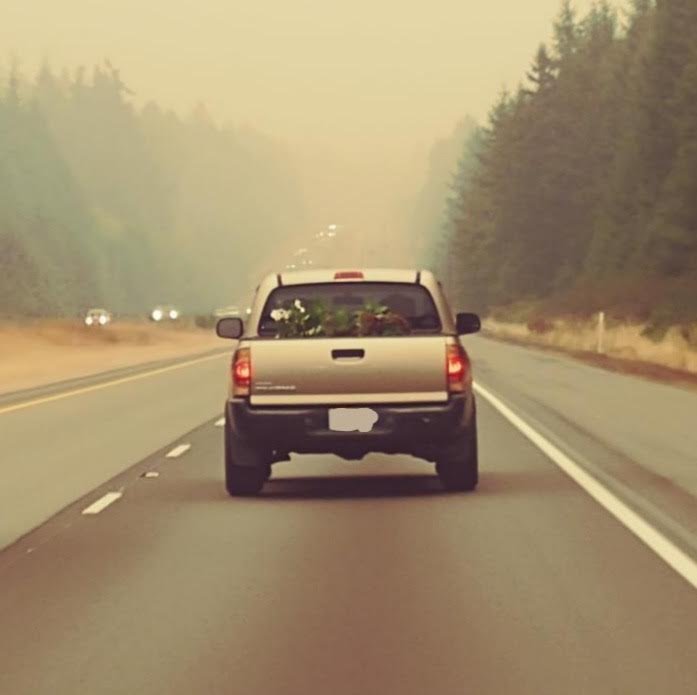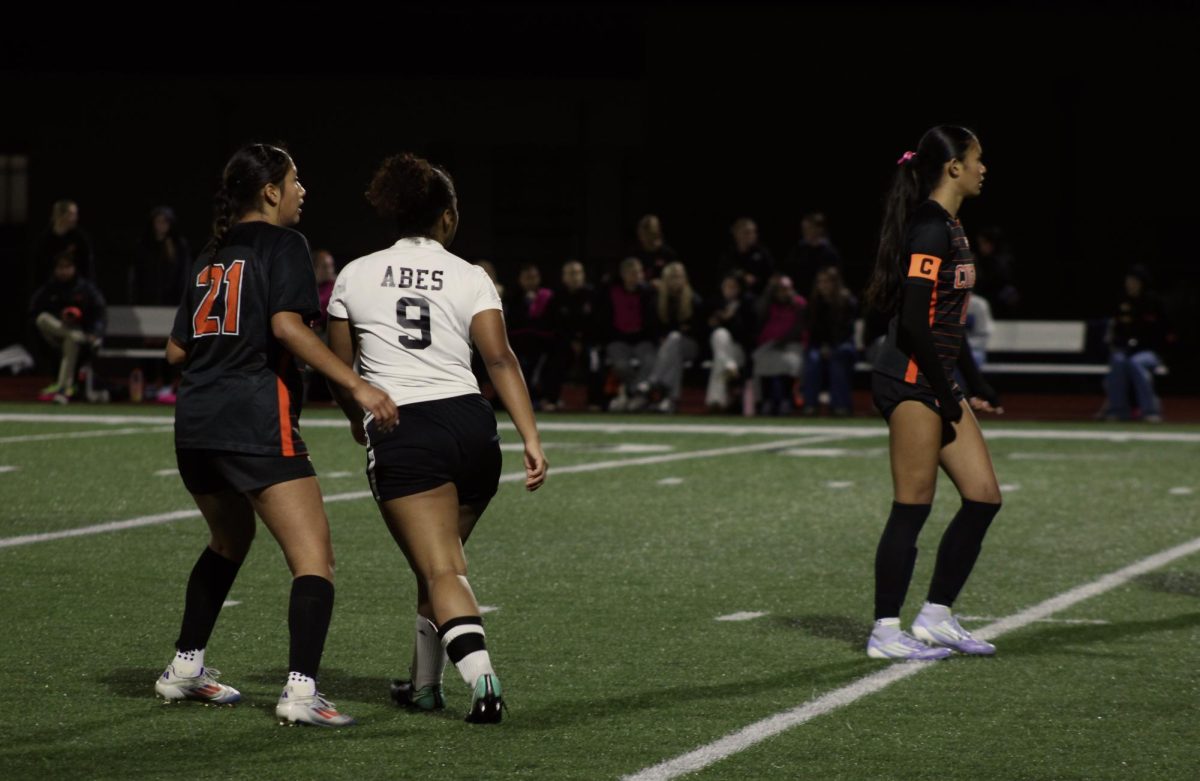The Effect of Climate Change on Kitsap County
Kitsap County and Washington State as a whole have been seeing the bad effects of climate change with extreme weather events becoming more prominent.
In light of the recent tornado warning and the larger than normal amount of extreme weather events Kitsap has been experiencing, the topic of climate change has started to come up in normal conversation more often.
The effects of climate change have been shown throughout the U.S. for everyone to see. Take Louisiana for example, which has constantly been impacted by hurricanes and is now seeing parts of the state disappear due to inundation and sea level rise.
You could also look at it’s border state Texas which was devastated by 2017’s Hurricane Harvey and by the semi-recent February snow storm and power crisis.
Even with all of the extreme weather in Kitsap, you don’t often hear about it on a national level. This is usually because it is overshadowed by the climate crisis that California faces every year. Even if Kitsap may not get as much media attention these events are still happening. And many of these events have happened in recent years.
On Labor Day, 2020, a fire event dubbed “Historic” by Governor Jay Inslee, took place. High winds gusting up to 50 MPH combined with intense heat in the triple digits fanned fires all across Eastern Washington. This rare combination of events helped the growth of the adjacent Cold Springs Canyon and Pearl Hill fires in Douglas and Okanogan county.
Governor Inslee held a press conference in front of KOMO news.
“These are not just wildfires, these are climate fires,” he said.
The fires’ combined acreage grew to a gargantuan 413,653 acres. For reference this is almost 8 times the size of the entire city of Seattle. In total over 800,000 acres were burned.
It didn’t end there though.
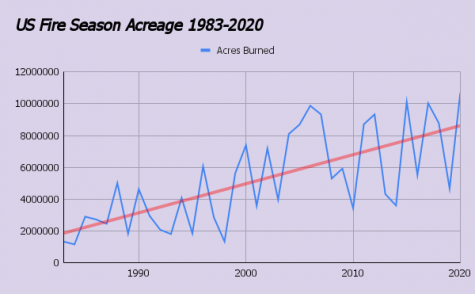
The 2020 fire season was more infamous for the sickening amount of smoke that was given off by the fires than the fires themselves. With the largest fires burning in California in the Mendocino National Forest, a supermassive smoke plume was being created. This plume was silently carried over the Pacific Ocean before making a sharp right into Washington State.
The Pacific Coast and Southwest Washington were impacted first. The air quality dropped from healthy levels to hazardous very quickly.
The smoke continued it’s way into the Puget Sound and reached on September 11th. The air quality in Kitsap went from levels between 50-100 up to over 300. The smoke easily broke air quality records.
No mountains were visible. Anything more than 500 feet away was concealed behind the smoke. In Seattle, the top of the Space Needle wasn’t even visible unless you were close to the same height.
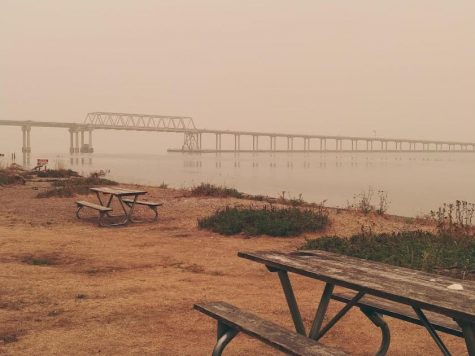
In Bremerton the air quality level clocked in at 304. The waterfront was barely visible. Only the first half of the Hood Canal Bridge was able to be seen.
It’s estimated that across the US between 1,000-3,000 people died as a result of smoke inhalation.
“It’s very clear from research done here in Washington and in other places that more and more of the population suffers certain health problems when there’s a lot of wildfire smoke,” Dr. Matt Kadlec, Washington State’s Department of Ecology’s smoke toxicologist said. “It’s common for people to have eye and respiratory tract irritation; stress; headaches; shortness of breath; and, among those who already have asthma, worsened symptoms. As smoke levels increase and last longer, respiratory and cardiovascular health risks increase, resulting in greater incidences of emergency department visits, hospital admissions, and even deaths.”
This year Washington has seen even more extreme weather events. In mid-June 2021, after an initial heat wave that brought temperatures up to 85 degrees Fahrenheit in Silverdale, another was forecast to begin on June 27. The temperatures forecasted were only a little bit higher than the last heat wave, ranging from 86-89 degrees Fahrenheit, but that quickly changed.
As the end of June got closer the forecasted temperature kept getting higher, and around June 20 the forecast was in the mid 90s. Then the triple digits.
One of the first cities to have a heat record broken was Port Angeles on June 27 when the heat dome moved over the Olympic Peninsula. It recorded an all time high of 96 degrees, which was surpassed by a measurement of 97 degrees the next day, and again by a measurement of 99 degrees the day after that.
Temperatures rose all over Washington. In Kitsap the max temperature reached was around 108 degrees breaking every record there was. On June 28 Seattle recorded an all time high of 108 degrees as well. Spokane followed, reaching 109.
Dallesport, a small census designated place, reached a sweltering temperature of 118 degrees, tying the all time state record set in 1961.
There were many effects from the heat dome that made the entire event much more dangerous. Asphalt on highways was superheated causing the temperature on them to rise. This was extremely dangerous due the fact that most people in Western Washington don’t have AC.
Because of this, a large amount of people drove in their cars to use it’s AC, which led to car accidents and people being stranded on the super heated highways. On Highway 3 near Silverdale an air temperature of 113 degrees was recorded.
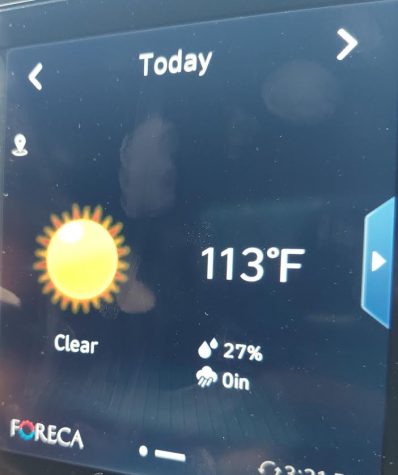
In Wenatchee, the ground temperature rose to a broiling 145 degrees. The intense heat put so much stress on the roads that some even buckled.
In Issaquah power was lost due to the excessive use of portable air conditioners straining the power supply. Even when the people using air conditioners in Issaquah were the minority the power grid couldn’t handle it.
Due to the air being stagnant lots of ozone was trapped near the ground causing the air quality to drop and give the surrounding setting a hot and hazy look.
“With this assumption and combining the results from the analysis of climate models and weather observations, an event, defined as daily maximum temperatures in the heatwave region, as rare as 1 in a 1000 years would have been at least 150 times rarer without human-induced climate change.” Said a study on the heatwave conducted by World Weather Attribution.
In total 112 people died in Washington. Four of the deaths were in Kitsap County.
The heat wave was Washington’s most deadly weather related event and along with the intense drought that the entire state was under exasperated Washington’s water supply.
Luckily, Washington was finally able to see some relief from the increasing number of atmospheric rivers, and bomb cyclones that have been making landfall. But even these have started to come with more risks than benefits due to climate change giving the right conditions for rapid intensification.
With all of this happening a question comes up. What do Kitsap residents think of this?
“There is overwhelming data from scientists who devote their lives to studying this. I have yet to see something of substance that refutes it.” Kitsap resident Emalee Peck said.
William Putaansuu, a Kitsap resident, said, “Combusting hydrocarbons makes carbon dioxide. Carbon dioxide concentrations have been increasing since the industrial revolution, and today they are over 400ppm on average. Carbon dioxide is also proven to be a greenhouse gas. There is other evidence for human caused climate change and other greenhouse gases but this is all the evidence I need.”
“I don’t think climate change itself has had a large impact on Kitsap County,” Putaansuu said. “While some extreme weather events have led to some deaths and economic damage, it is difficult to directly attribute extreme weather to climate change,” “I do think, however, that climate change will start to have a bigger impact on Kitsap County through its effect on agriculture. I work at a hay business, and the summer’s droughts across the entire American West have had a ripple effect to send hay prices skyrocketing. So ultimately I don’t think climate change itself has had a large impact on Kitsap County, but we will start feeling its effects fairly soon, but we will also be much better off than many other parts of the world.”
While most residents in Kitsap agree that climate change is a serious problem, according to the Yale Program On Climate Change Communication, 26% of residents in Kitsap don’t believe climate change is even happening. At the national level this number is even larger.
It’s estimated that 28% of US adults don’t believe in climate change and 37% aren’t worried about it at all.
Many public officials also do not believe in climate change. About 27% of sitting US congressmen still deny human-caused climate change.
Former president Donald Trump also had a big impact relating to climate change when he called climate change a “hoax invented by China” and claimed that windmills cause cancer.
Whether or not you believe in climate change, there is no denying that the Earth is warming and natural disasters are becoming more prominent.

